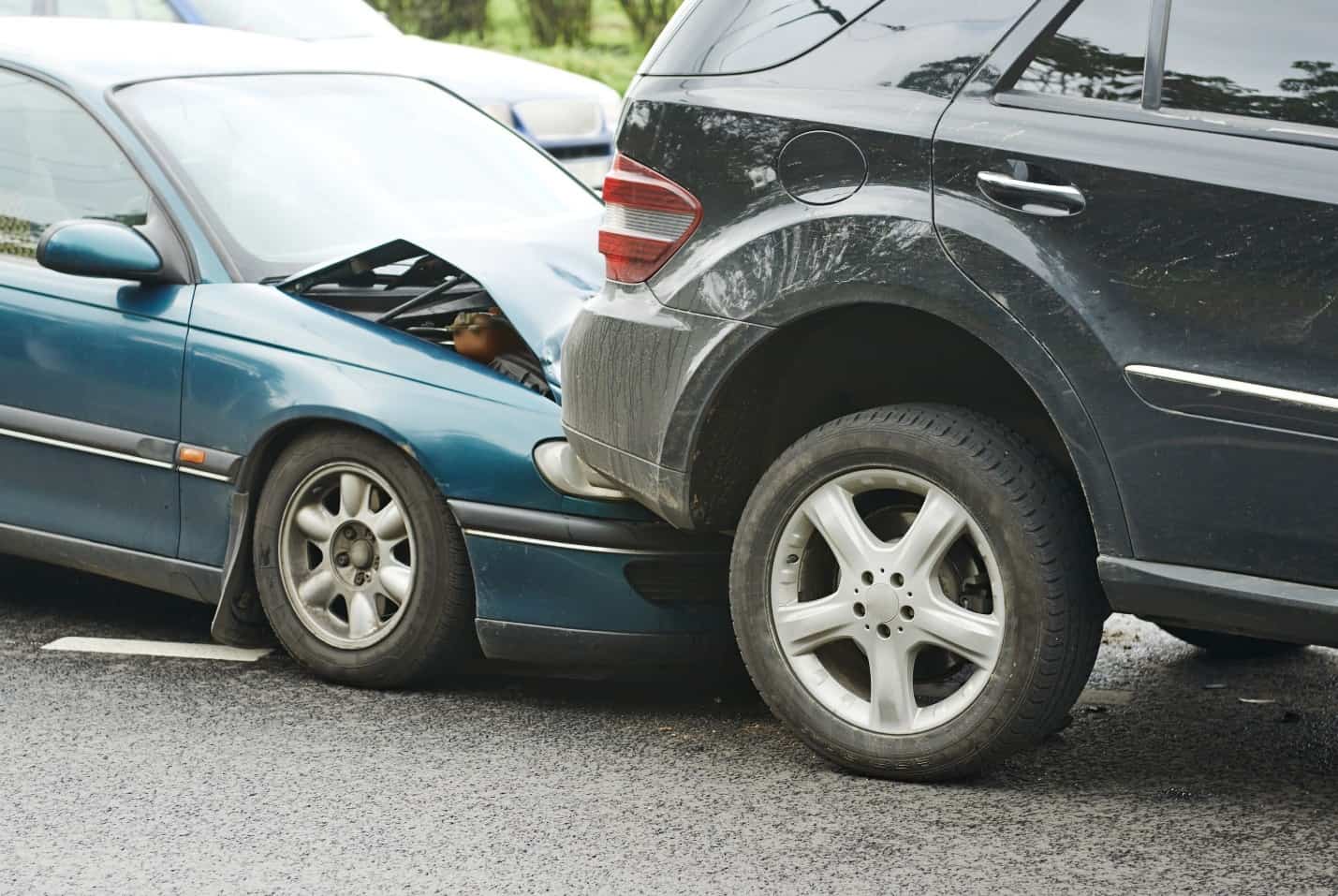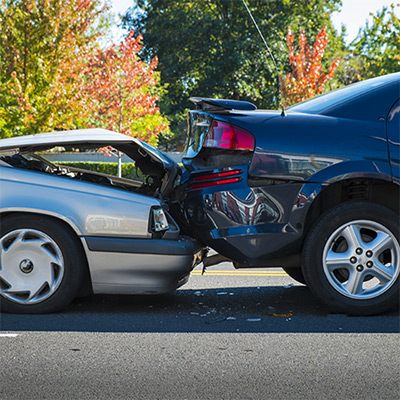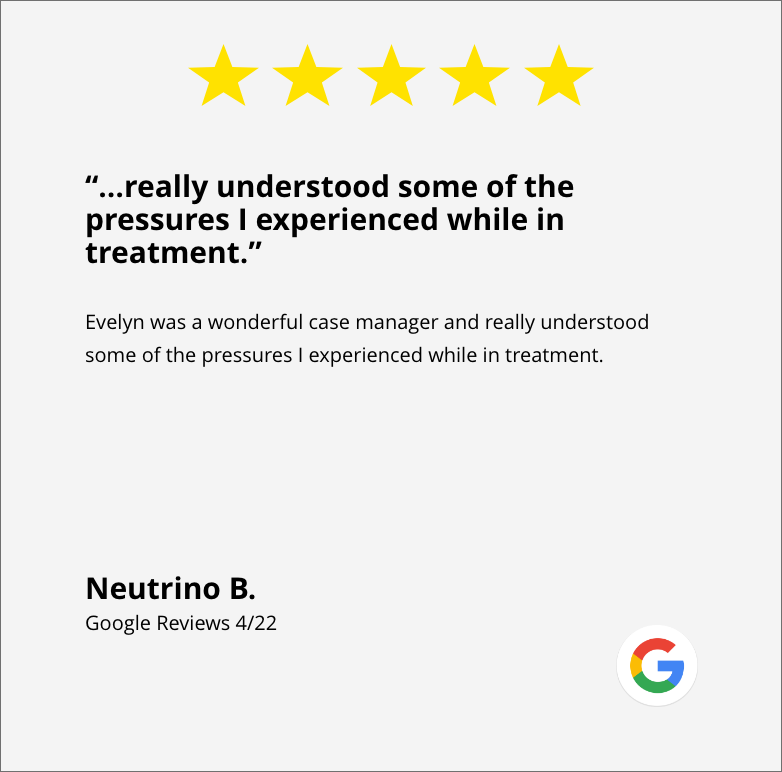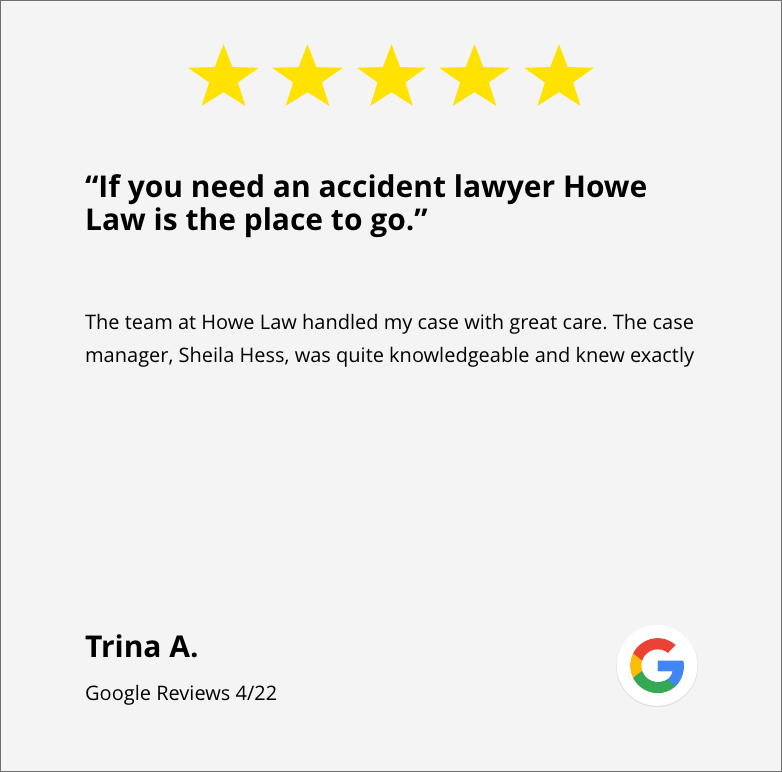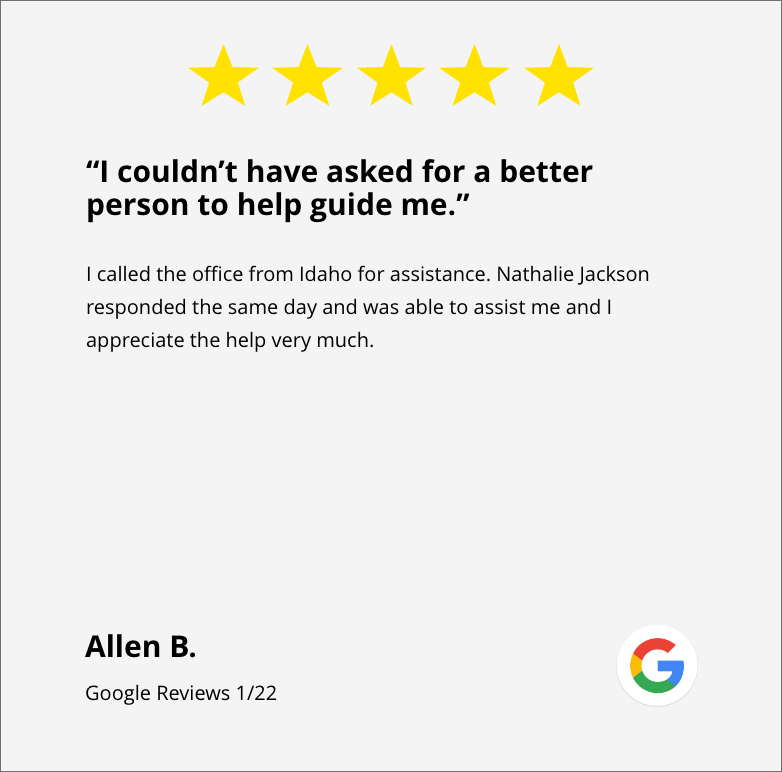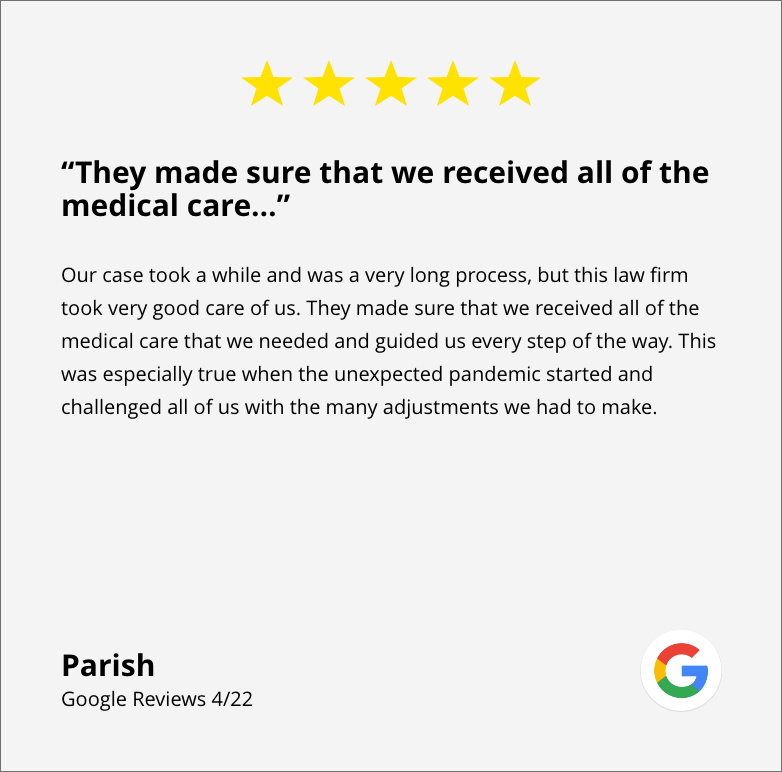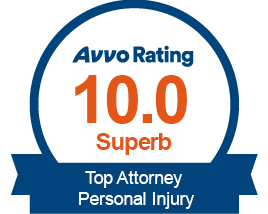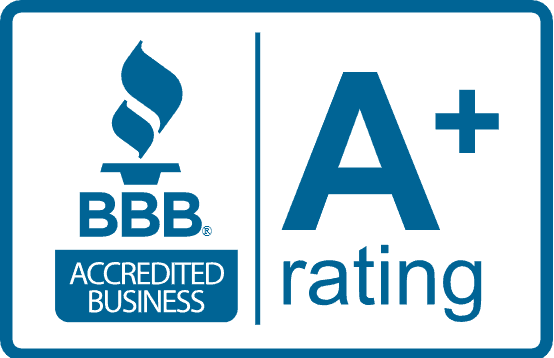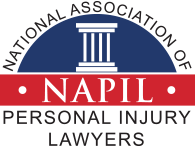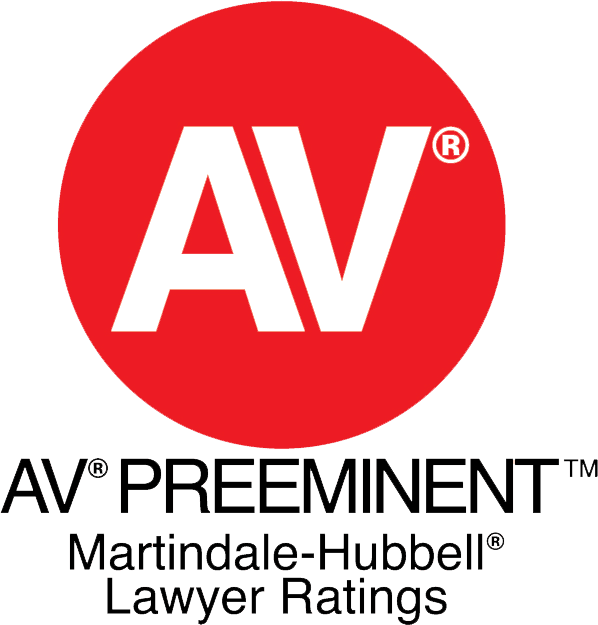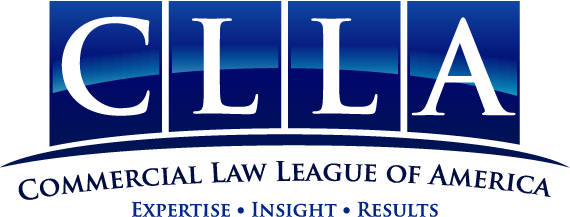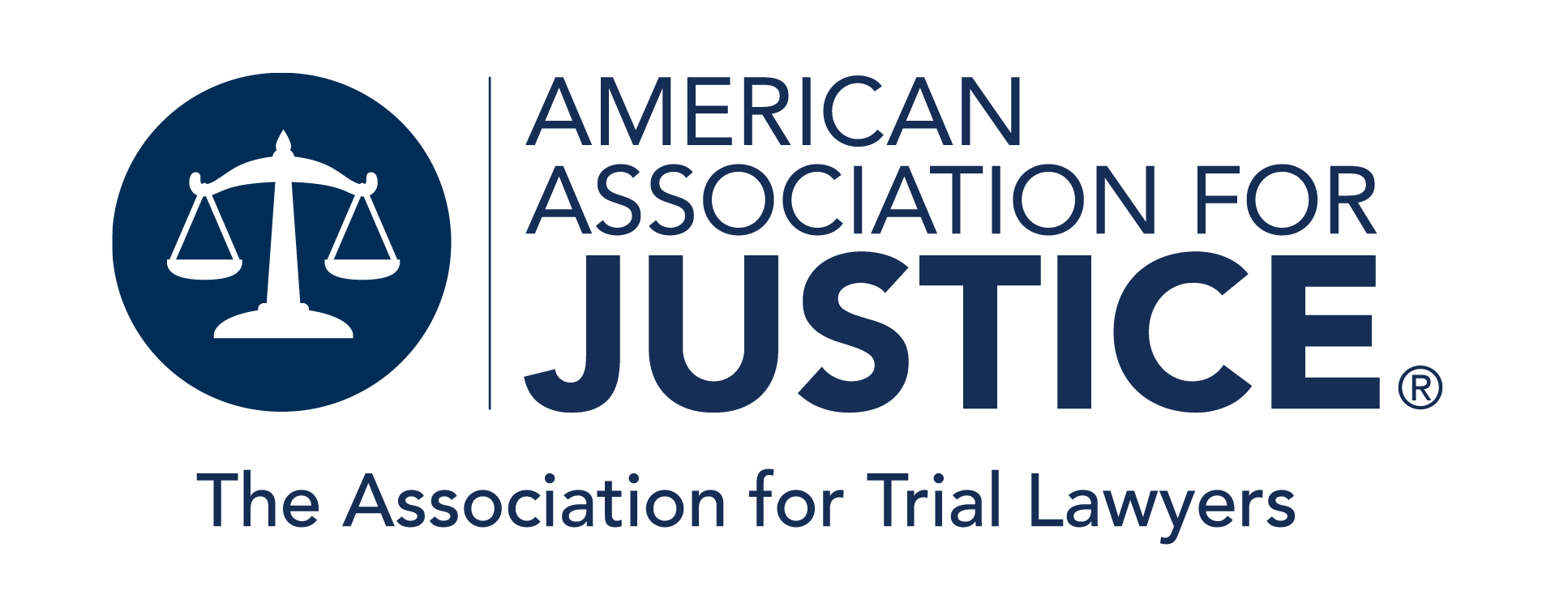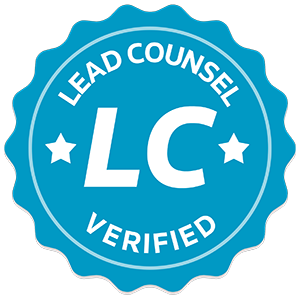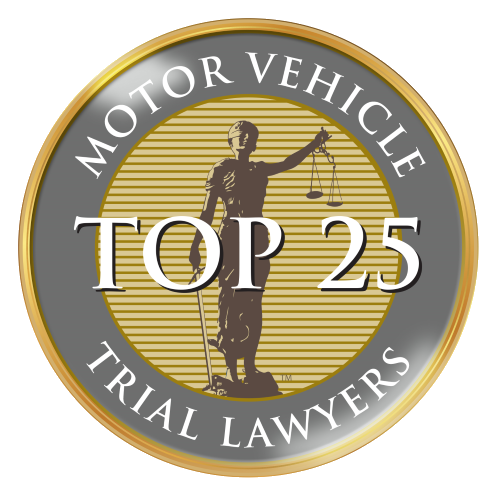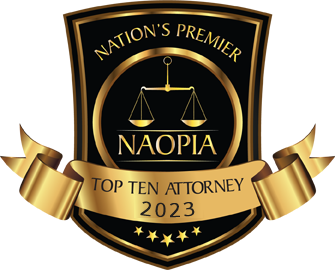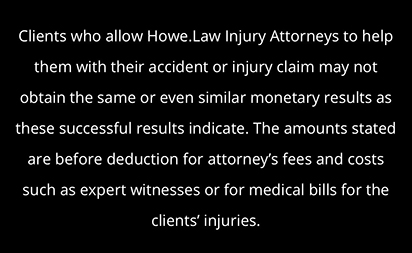
Being rear-ended in a car accident can leave you shaken, especially if you notice lingering head pain. If you’ve been rear-ended and your head hurts, paying attention to your symptoms is crucial.
Whether it’s a result of whiplash, a concussion, or another injury, addressing the issue promptly can prevent long-term complications. In this article, we’ll walk you through what to do if rear ended head hurts and how to prioritize your health.
Understanding the Causes of Headaches After a Rear-End Collision
Experiencing headaches after being rear-ended in a car accident is a common issue that many victims face.
The jarring impact can lead to various physiological changes, such as headaches. Understanding these causes is crucial for effectively treating and managing symptoms.
Headaches can arise due to a range of factors, including physical trauma, stress, and psychological responses to the accident. Recognizing the underlying causes can also play a significant role in determining the best course of action for recovery.
Those navigating the aftermath of an accident must seek the right support. Firms like Howe Law specializeims in the legal and recovery process, ensuring they receive the care and compensation they deserve.
It’s important for victims to keep track of their symptoms and communicate openly with healthcare providers to ensure a comprehensive treatment plan is established.
The Role of Whiplash in Post-Collision Headaches
One of the most common consequences of a rear-end collision is whiplash. This injury occurs when the head is suddenly jerked forward and then backward, straining the neck’s muscles, tendons, and ligaments.
Whiplash can lead to tension headaches, which are characterized by a dull, aching pain that can be debilitating.
Whiplash can affect the neck and cause pain in the head, creating a condition known as cervicogenic headache. In this scenario, pain signals originate from the neck due to its injury, but they are perceived as headaches.
Proper diagnosis of whiplash-related headaches is essential for effective management and recovery. Treatment options may include physical therapy, chiropractic care, and targeted exercises to strengthen the neck and alleviate pain.
Additionally, understanding the timeline of symptoms can help in distinguishing between immediate post-accident pain and those that develop later, which may require different therapeutic approaches.
The Impact of Stress and Anxiety on Post-Accident Pain
Alongside physical injuries, the psychological impact of a rear-end collision cannot be overlooked. Many individuals experience stress and anxiety following an accident, which can exacerbate headache symptoms. The body’s stress response can lead to muscle tension in the neck, scalp, and forehead.
This tension can contribute to the development of tension-type headaches. Emotional responses to an accident may include fear of driving or anxiety about safety, further complicating the recovery process.
Addressing psychological factors is just as important as physical treatment in alleviating headache pain. Techniques such as cognitive-behavioral therapy (CBT) and mindfulness practices can be beneficial in managing anxiety and stress levels.
Furthermore, support groups or counseling can provide a safe space for individuals to share their experiences and coping strategies, fostering a sense of community and understanding during the healing journey.
This holistic approach to treatment targets the physical symptoms and nurtures emotional well-being, which is vital for a full recovery.
Immediate Steps to Take After Experiencing Head Pain
If you begin experiencing head pain after a rear-end collision, it is crucial to take immediate action. Prompt responses address symptoms, help with recovery, and document potential legal claims.
Recognizing the symptoms early on can lead to more effective treatment and management strategies while ensuring that necessary medical evaluations are conducted in a timely manner.
Seeking Immediate Medical Attention
The first and most critical step to take after feeling head pain is to seek immediate medical attention. A healthcare professional can assess whether your headaches are related to whiplash or other injuries incurred during the accident.
Medical imaging, such as X-rays or MRIs, may be necessary to rule out serious injuries. Furthermore, your doctor can provide tailored advice and treatments to mitigate pain effectively. Documenting your injuries through medical reports is also vital for any future legal cases.
Additionally, it is important to communicate openly with your healthcare provider about all symptoms you are experiencing, even those that may seem unrelated. For example, dizziness, nausea, or visual disturbances can provide critical insights into the nature of your head pain.
Depending on the severity and underlying causes of your symptoms, your doctor may recommend a variety of treatment options, including medication, physical therapy, or even referrals to specialists such as neurologists.
Documenting Your Symptoms for Future Reference
In addition to seeking medical help, it is essential to meticulously document your symptoms. Keep a headache diary that includes details such as the frequency, duration, and intensity of your headaches and any triggers or associated symptoms.
This information will be beneficial not just for medical providers but also for legal purposes if you decide to pursue a personal injury claim. Accurate records can reflect the impact of the accident on your quality of life and may support your case significantly.
Moreover, consider noting changes in your daily activities and emotional well-being due to head pain.
For example, if you find that your headaches prevent you from engaging in social activities, work, or even simple tasks at home, documenting these changes can provide a comprehensive picture of how the accident has affected your life.
This holistic approach to documentation can be invaluable in both medical assessments and legal proceedings, ensuring that all aspects of your recovery are taken into account.
Treatment Options for Post-Collision Headaches

Once you have been assessed medically, various treatment options can be considered for managing post-collision headaches. It’s important to approach treatment holistically and according to your individual needs and responses.
Depending on the severity and type of headaches, medical professionals may recommend a combination of therapies to enhance recovery and pain relief.
This multifaceted approach ensures that all aspects of your health are taken into account, allowing for a more personalized and effective treatment plan.
Over-the-Counter Pain Relievers and Their Effectiveness
A common initial treatment for headaches, especially tension-type headaches, involves over-the-counter pain relievers such as ibuprofen or acetaminophen. These medications can be effective in alleviating mild to moderate pain.
However, they should be used as directed and with caution, as prolonged usage may lead to other health issues, such as liver damage or gastrointestinal problems. Always consult a healthcare provider for recommendations tailored to your health situation.
In some cases, your doctor may suggest a trial period with these medications to monitor their effectiveness and any potential side effects, ensuring that you find the most suitable option for your specific condition.
Physical Therapy and Chiropractic Care
Physical therapy and chiropractic care can be highly beneficial for individuals suffering from post-collision headaches. Physical therapists can guide you through exercises to improve neck strength and flexibility, which may reduce the occurrence of headaches.
Chiropractic adjustments can also help alleviate pain and improve spinal alignment, possibly relieving headaches. It is advisable to seek care from professionals who specialize in post-accident treatments for optimal results.
Additionally, these specialists can provide education on posture and ergonomics, which can be crucial in preventing future headaches and ensuring long-term recovery.
Alternative Therapies for Pain Management
In addition to conventional treatments, various alternative therapies may also be explored for headache relief. Options such as acupuncture, massage therapy, and biofeedback have shown promise for some individuals.
- Acupuncture: Involves the insertion of needles at specific points to promote pain relief.
- Massage Therapy: Helps to reduce muscle tension and promote relaxation.
- Biofeedback: Teaches individuals to control physiological functions such as muscle tension and heart rate.
These therapies can complement traditional treatments, helping to provide a well-rounded approach to managing headache symptoms sustained from a rear-end collision.
Moreover, incorporating mindfulness practices such as meditation or yoga can further enhance your coping strategies, allowing you to manage stress and tension that may exacerbate headache symptoms.
As you explore these options, it’s essential to maintain open communication with your healthcare team to ensure that all aspects of your treatment are aligned and effective.
Legal Considerations After a Rear-End Collision
Navigating the aftermath of a rear-end accident involves understanding the legal implications and potential for personal injury claims. Being knowledgeable about your rights and necessary documentation can facilitate the process significantly.
Recognizing your right to compensation for injuries and expenses can lessen the financial burden associated with accidents and aid in your recovery journey.
It’s important to remember that the emotional toll of an accident can be just as significant as physical injuries, and understanding your legal rights can empower you to seek the justice you deserve.
Understanding Personal Injury Claims
Personal injury claims are often initiated after a car accident to seek compensation for medical expenses, lost wages, and pain and suffering. Filing a claim requires evidence that the accident was the fault of another party, which is commonly the case in rear-end collisions.
In many instances, the driver who rear-ends another vehicle is presumed to be at fault due to the nature of the accident, which can simplify the claims process.
It’s vital to gather as much evidence as possible, including police reports, witness statements, and medical records, to support your claim. Additionally, working with a personal injury attorney can provide guidance through the legal maze, maximizing your chances for compensation.
An experienced attorney can also help you navigate complex insurance negotiations, ensuring that you are not taken advantage of during this vulnerable time.
The Importance of Medical Records in Legal Proceedings
Medical records play an essential role in personal injury claims. They serve as evidence of the injuries sustained and the medical treatments received following the accident. Accurate documentation enables attorneys to build a solid case for compensation.
Furthermore, these records can also highlight any pre-existing conditions that may have been exacerbated by the accident, which can be critical in establishing the full extent of your injuries.
Moreover, detailed medical records can clarify the severity and impact of your headaches on your daily life, which is a crucial factor in determining the compensation amount. Thus, keeping thorough records is necessary in the aftermath of an accident.
In addition to medical records, documenting your recovery process through journals or photographs can provide further insight into how the injuries have affected your quality of life, adding depth to your claim and illustrating the ongoing challenges you face due to the collision.
Preventing Future Headaches After a Rear-End Collision

Preventing future headacAttention totine healthcare practices. Proactive strategies c can prevent future headaches after a collisionan help minimize the risk of similar injuries and the headaches that accompany them.
Being mindful of your body mechanics and health can help you avoid secondary injuries and pain in the long term.
Posture and Ergonomics in Car Safety
Implementing good posture and ergonomic practices while driving can significantly reduce the chances of experiencing headaches. Adjust your seat to ensure that your neck is properly aligned with your spine and that your arms are comfortably at a 90-degree angle.
Using supportive cushions or neck rests may also help maintain proper alignment. Being aware of your posture while driving and during daily activities can lead to fewer headaches caused by muscle strain and tension.
Additionally, taking regular breaks during long drives to stretch and reset your posture can further alleviate the stress on your neck and back, reducing the likelihood of tension headaches.
Incorporating exercises that strengthen the neck and upper back muscles can also be beneficial. Simple stretches and strength-building routines can enhance your overall posture, making it easier to maintain proper alignment while driving and throughout your daily life.
Regular Check-Ups and Ongoing Care
Regular medical check-ups and ongoing care are vital in preventing future headaches. Consistent follow-ups with healthcare providers allow for early detection of potential issues and the opportunity to address them proactively.
Implementing a routine of physical therapy or wellness checks can enhance recovery and contribute to long-term health benefits. Open communication with healthcare professionals can also ensure that developing concerns are addressed promptly.
In addition to traditional medical care, exploring complementary therapies such as chiropractic adjustments or acupuncture may provide further relief and prevent the recurrence of headaches.
Moreover, keeping a headache diary can be an effective tool for identifying triggers and patterns associated with your headaches.
Documenting the frequency, intensity, and potential causes of your headaches can help your healthcare provider tailor a more effective prevention strategy, ensuring that you stay ahead of any issues that may arise.
Conclusion
Experiencing headaches after being rear-ended can be troubling and painful. Understanding the causes, taking immediate steps for relief, exploring treatment options, and considering legal implications can significantly improve your recovery process.
You can work towards a healthier, pain-free future by adopting preventive measures, including ergonomic practices and regular health check-ups. If you find yourself struggling with persistent headaches after an accident, always consult with medical professionals to guide your recovery path effectively.
Don’t let the pain hold you back, take the first step towards relief today. Call Howe.Law at 888-559-7612 for a free consultation, available 24/7. Your well-being deserves immediate attention, and we’re here to help every step of the way.
Related Articles

